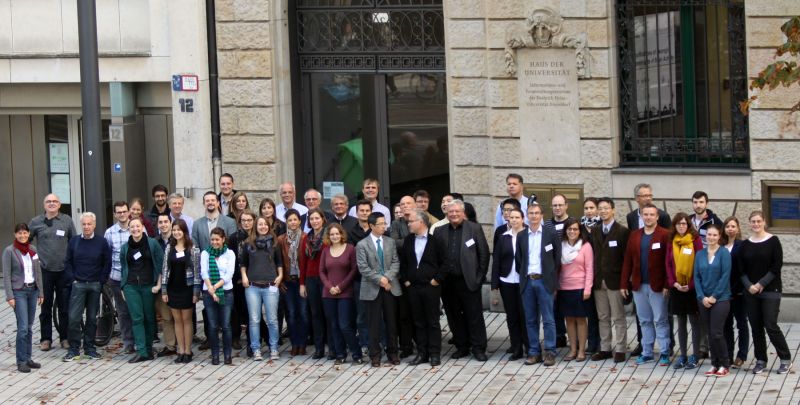The human brain is an extraordinary complex structure, consisting of about 80 billion neurones, connected by numerous synapses, and of an equal number of neuroglial cells. The latter, subdivided into astrocytes, oligodendrocytes, radial glia and NG2 cells, execute essential brain functions among them metabolic support, ion homeostasis and synaptic modulation. In contrast to neurones, each class of macroglia has been usually considered a largely homogeneous cell population. Recent research, however, has provided strong evidence that this picture is entirely wrong. Macroglial cells in fact consist of various subpopulations, each equipped with a distinct repertoire of molecules and proteins such as ion channels, receptors, transporters and signalling elements. Thus, macroglial cells have developed functional specialisations to meet the specific requirements of distinct circuits, which might be critical determinants of brain activity.
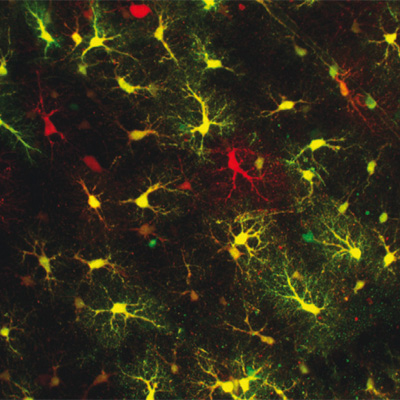
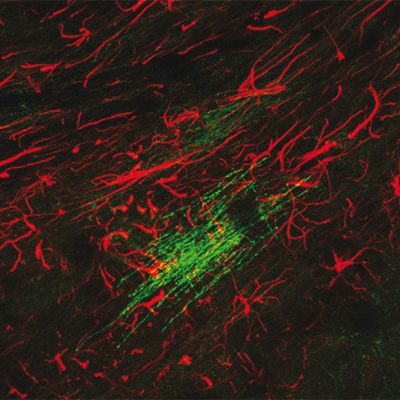
Meeting of the SPP 1757 in Berlin (October 2016)
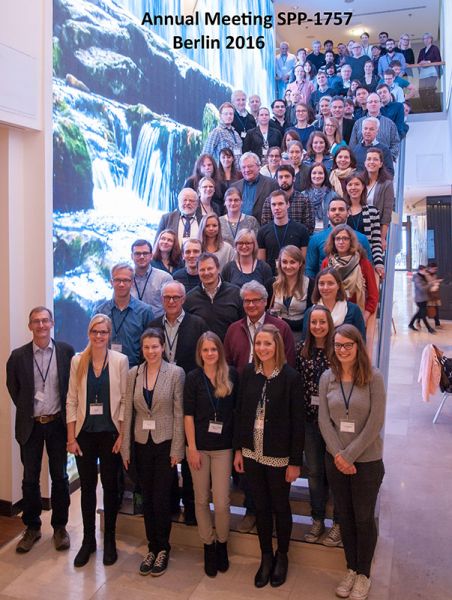
Meeting of the SPP 1757 in Homburg (October 2015)
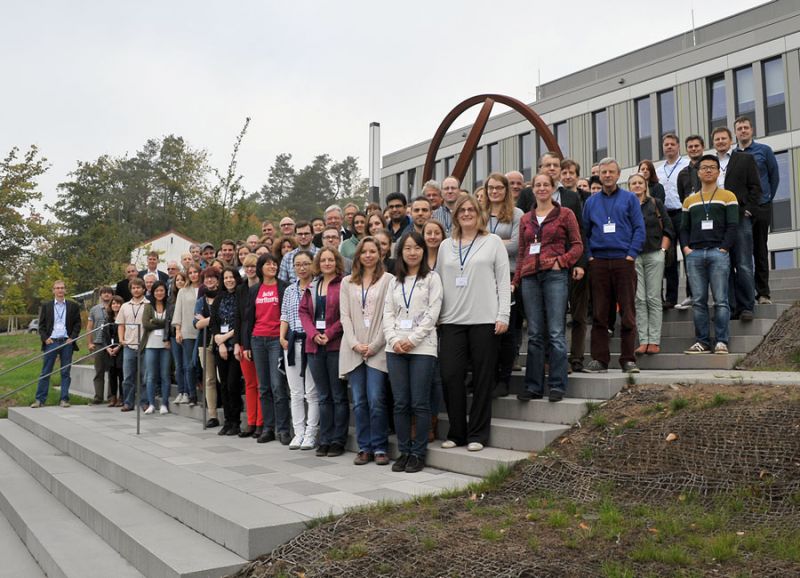
Meeting of the SPP 1757 in Düsseldorf (October 2014)
